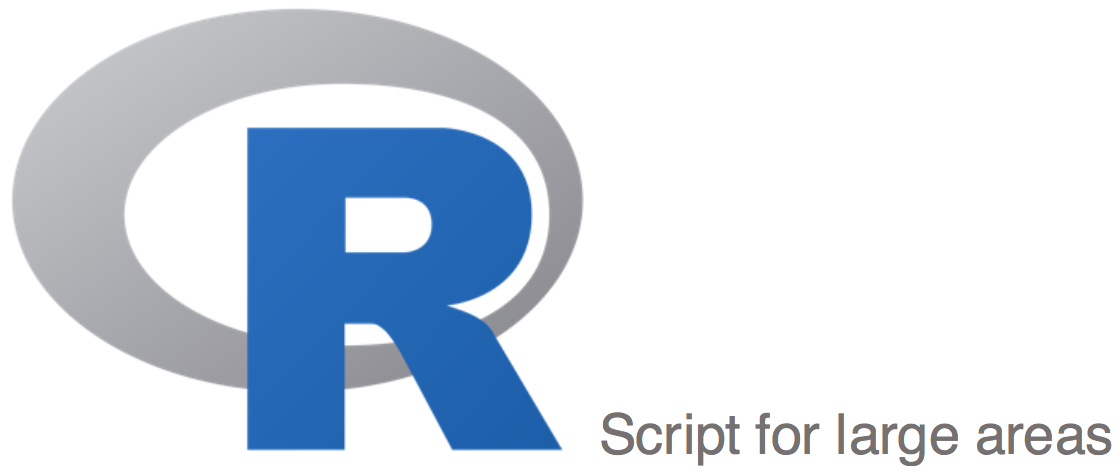The step-by-step procedure for drought monitoring using the Vegetation Condition Index (VCI) is available to follow using R-Studio, Python and ENVI. These methods were developed to give the user flexibility to choose which of the open source tools is more practical and convenient. The scripts available in R and Python derive the VCI from the Enhanced Vegetation Index (EVI) while the step-by-step instructions in ENVI (5.0) are based on the Normalized Differentiated Vegetation Index (NDVI).
Please click on the icons below to see the corresponding step-by-step procedure.
 |
 |
|
|
|
 |
 |
Overview of available Step-by-Step instructions for Drought Monitoring using the Vegetation Condition Index (VCI):
| Software | VCI based on | Cloud Mask | Published | Access |
| ENVI (version 4.8) | NDVI | No | Dec 2014 | Link |
| ENVI (version 5.0) | NDVI | No | Dec 2014 | Link |
| R | NDVI | No | June 2015 | Link |
| R | EVI | Yes | May 2016 | Link |
| R (large areas) | EVI | Yes | Sep 2018 | Link |
| Python | EVI | Yes | Feb 2018 | Link |
The related Recommended Practice on Drought Monitoring using the Standardized Vegetation Index (SVI) can be found here.

